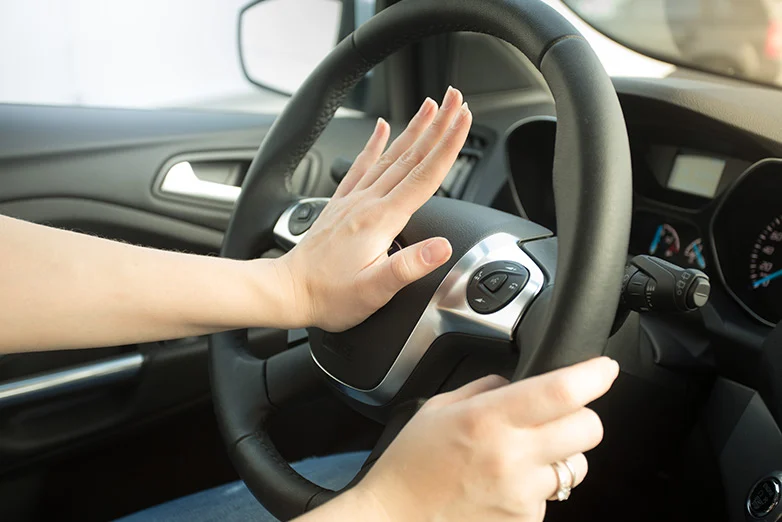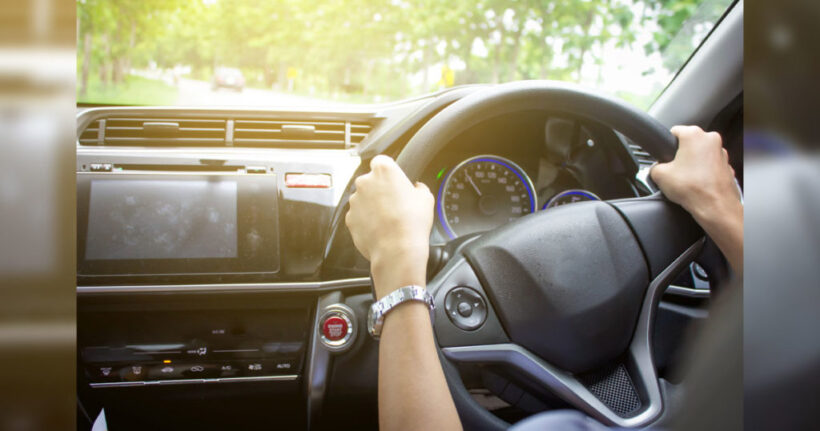Every driver should know how to drive defensively. It involves adopting a proactive approach to road safety, where you can predict accidents and take necessary precautions to prevent them. By practicing defensive driving techniques, motorists can significantly reduce the risk of collisions and ensure the safety of themselves and others on the road. In this article, we will explore some essential tips for defensive driving that can help enhance your driving skills and promote a safer driving environment.
1. Stay focused and avoid distractions

One of the fundamental principles of defensive driving is maintaining focus and avoiding distractions while behind the wheel. The car accident attorneys at Drake Injury Lawyers know that distractions like talking on the phone, texting, eating, or using in-car technology can divert your attention from the road and increase the likelihood of an accident. Always keep your eyes, hands on the wheel, and mind focused on driving.
In today’s digital age, the temptation to use smartphones while driving has become prevalent. However, it’s important to remember that a momentary distraction can have severe consequences. According to the National Highway Traffic Safety Administration (NHTSA), when you send or read a text, it takes your eyes off the road for just 5 seconds. At 55 miles per hour, it is almost the same as driving the length of a football field blindfolded. Avoid engaging in activities that take your attention away from driving.
2. Maintain a safe following distance

Maintaining an adequate following distance is crucial for defensive driving. By keeping a safe space between your vehicle and the one ahead, you allow yourself enough time to react and respond to sudden changes in traffic. A general rule of thumb is maintaining at least a three-second gap between your car and the vehicle in front of you. This distance should be increased in adverse weather conditions or driving at higher speeds.
Tailgating, or driving too closely to the vehicle in front, is a common habit that can lead to accidents. It reduces your ability to see ahead and respond to situations promptly. By maintaining a safe following distance, you provide a cushion of time to brake or maneuver in an emergency.
3. Anticipate and be aware of your surroundings
Being aware of your surroundings is key to defensive driving. Scan the road ahead and check your mirrors regularly to identify potential hazards or aggressive drivers. Watch out for pedestrians, cyclists, and other vulnerable road users. By anticipating potential risks, you can adjust your driving behavior and make timely decisions to avoid dangerous situations.
Developing good observation skills is crucial for defensive driving. Constantly scanning the road allows you to identify potential hazards well in advance. Watch for vehicles changing lanes, pedestrians at crosswalks, and any other factors that may require you to adjust your speed or direction. By being proactive and vigilant, you can take appropriate actions to prevent accidents.
4. Observe and obey traffic laws
Adhering to traffic laws is a legal requirement and a vital aspect of defensive driving. Speed limits, traffic signs, and signals are in place to maintain order and road safety. Always obey traffic rules and regulations to avoid car accidents and ensure smooth traffic flow.
Speeding is a leading cause of car accidents. It reduces the time you have to react and increases the severity of collisions. Stick to the posted speed limits, especially in residential, school, and construction zones. Additionally, always come to a complete stop at stop signs, yield to the right of way, and use your signals appropriately when changing lanes or making turns. Following these basic traffic laws can prevent serious injuries caused by car accidents.
5. Use your signals and communicate effectively
Proper use of signals and effective communication with other drivers can significantly contribute to a safer driving experience. Signal your intentions early when changing lanes, turning, or merging into traffic. Be courteous and use your horn sparingly. Good communication helps other drivers anticipate your actions and reduces the chances of misunderstandings or collisions.
Signaling is a simple yet powerful way to communicate your intentions on the road. It allows other drivers to adjust their driving behavior accordingly, avoiding confusion and potential accidents. Remember to use your signals in advance, giving drivers behind you enough time to react. Also, use your horn judiciously and avoid aggressive or excessive honking, as it can escalate tensions and lead to hazardous situations.
6. Be prepared for emergencies
Even with the utmost caution, emergencies can still occur on the road. Defensive drivers are prepared for such situations. Familiarize yourself with basic car maintenance, including checking tire pressure and fluid levels and ensuring functional lights and brakes. In case of breakdowns or accidents, carry a well-equipped emergency kit, including a first aid kit, flashlight, and jumper cables.
Preparing for emergencies is an essential part of defensive driving. Regularly inspect your vehicle to ensure it is in proper working condition. Check the condition of your tires, brakes, and windshield wipers and the levels of oil, coolant, and other fluids. In case of a breakdown or accident, an emergency kit can provide you with the tools necessary to handle the situation until help arrives.
7. Control your emotions and avoid aggressive driving

Defensive driving requires drivers to maintain a calm and composed demeanor. Managing your emotions and avoiding aggressive driving behaviors, such as tailgating, excessive speeding, or road rage, is important. Reacting impulsively to other drivers’ actions can escalate tensions and lead to hazardous situations. Stay patient, tolerate other drivers’ mistakes, and focus on your safety.
8. Regularly update your driving skills

Driving is a skill that requires continuous improvement and practice. Consider taking defensive driving or refresher courses to enhance your knowledge and skills. These courses cover advanced techniques, traffic laws, and the latest safety practices, providing valuable insights into defensive driving.
Conclusion
By following these tips for defensive driving, you can significantly reduce the risks on the road and ensure a safer driving experience for yourself and others. Defensive driving is not only about protecting yourself from potential hazards but also about promoting a culture of safety on the roads. Remember, safe driving is a responsibility that each of us shares, and by adopting defensive driving techniques, we contribute to a more secure and accident-free society. So, buckle up, stay focused, and drive defensively!

